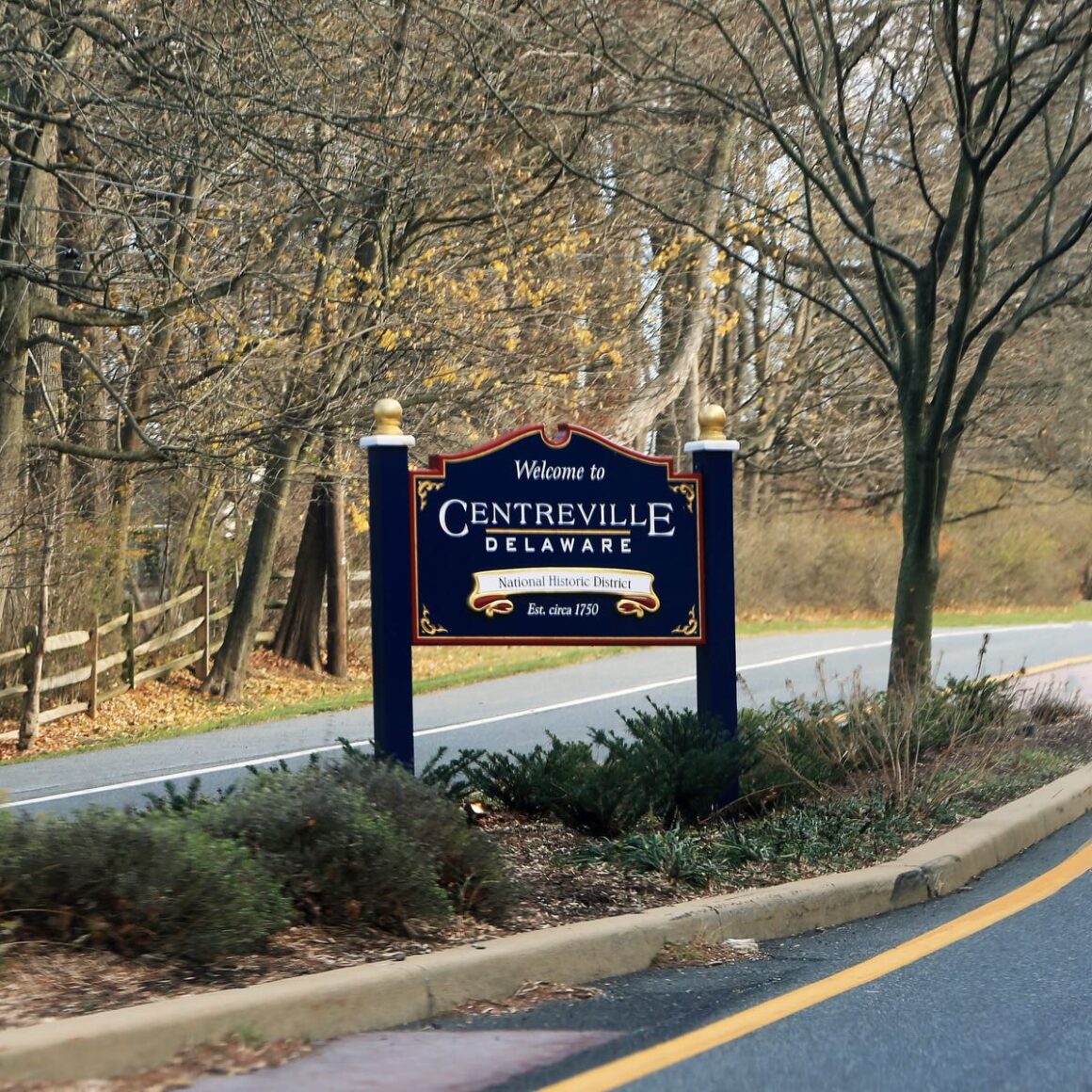This historic crossroads community was the scene of a violent clash between a group of 14 freedom seekers and rowdy Irishmen on Halloween night, 1857. The fugitives’ story started on plantations west of the city of Cambridge, Dorchester County, Maryland, seven days earlier. The group of 28 men, women and children, was advised by Harriet Tubman herself.
During the late 1850’s, so many people were escaping from enslavement in the Middle Atlantic area that the Cecil Whig newspaper of Elkton, Maryland declared it “a Negro Stampede” (31 October 1857). Forty-four people escaped from Dorchester County in the fall of 1857, among them the Cambridge 28. On the evening of Saturday, October 24th, 28 men, women and children sneaked away from the homes and slave quarters of their enslavers, Samuel Pattinson, Jane Cator, Richard Keene, Willis Brannock, Rueben E. Phillips and Rev. Levi D. Travers” of Maryland, and Charles Bryant of Alexandria, VA. Some of the enslavers were related. Samuel Pattison alone lost 15 enslaved people and was highly motivated to find them.
The freedom seekers likely left in boats from a peninsula on the Chesapeake Bay known as Town Point, a remote farming area west of Cambridge and just northeast of Tubman’s home territory of Madison (personal communication, K.C. Larson to D. Martin, 2022). The group included four family groups, single adults and two free persons: Aaron Cornish, wife Daffney and Solomon, George Anthony, Joseph, Edward James, Perry Lake and an infant; Kit Anthony, wife Leah and Adam, Mary and Murray; Joseph Hill, his free wife and son, Alice and Henry, and Joseph’s sister, Sarah Jane; Susan Viney, husband Joe, and Lloyd, Frank, Alberta, baby J.W., Henry, Joe and Tom. Four others joined them on-route: Solomon and George Light, Marshall Dutton and Silas Long. In all, the party included 31 people, significantly armed for their unguided flight.
The large group likely escaped from Maryland in boats, following the Choptank River northeast towards Delaware as far as they could, and later continuing on foot. Through rain, cold, illness and hunger, the group made it to the Camden, Delaware home of brothers, William and Nathaniel Brinkley, friends of Tubman. Already aware that slave catchers were on their trail, the Brinkleys transported the group a grueling 50 miles to the outskirts of Wilmington where Black members of the Underground Railroad network met them. Conductors devised safer routes around the city, divided the group, and informed Thomas Garrett, “stationmaster” of the Wilmington Underground Railroad. A group of 17 or 18 were guided by James Jackson around the city and onto the Kennett Pike below Centreville. They arrived at the town about midnight and as the group passed the notorious Todd Hotel (which stood on the site of present-day Canby Grove Park), a group of inebriated Irishmen accosted them. Fearing that they were kidnappers, the freedom seekers fought back with the pistols, knives and clubs that they had carried for seven days from Maryland. Each party suffered injuries. The freedom seekers fled the remaining few miles to Longwood Meeting and the temporary care of Quakers John and Hannah Cox, on whose farm the meetinghouse stood. Though the freedom seekers were split up further for safety, all were eventually received by Philadelphia “stationmaster,” William Still. They all found refuge in the north, settling in New York and Ontario, Canada.
References
- William Still, The Underground Rail Road (Philadelphia: Porter & Coates, 1872), 74, 99-105, 111, 448. The Underground Railroad, 1872 scan
- Kate Clifford Larson, The Underground Railroad in Delaware: A Research Context (The Underground Railroad Coalition of Delaware, 2007), 81–82.
- Kate Clifford Larson, personal communication to D. Martin, 2022.
- James A. McGowan, Station Master of the Underground Railroad: The Life and Letters of Thomas Garrett (Moylan, PA: Whimsie Press, 1977).
- R. C. Smedley, History of the Underground Railroad in Chester and Neighboring Counties of Pennsylvania (1883; reprint, Mechanicsburg, PA: Stackpole Books, 2005), 276–281.
- Priscilla Thompson, “Harriet Tubman, Thomas Garrett and the Underground Railroad,” Delaware History 22, no. 10 (1986).
- J. Thomas Scharf, History of Delaware, 1609–1888 (Philadelphia: L. J. Richards, 1888), 887.
- Centreville Historic District, National Register of Historic Places Nomination
- Wilmington City Directories
- U.S. Census of 1860


